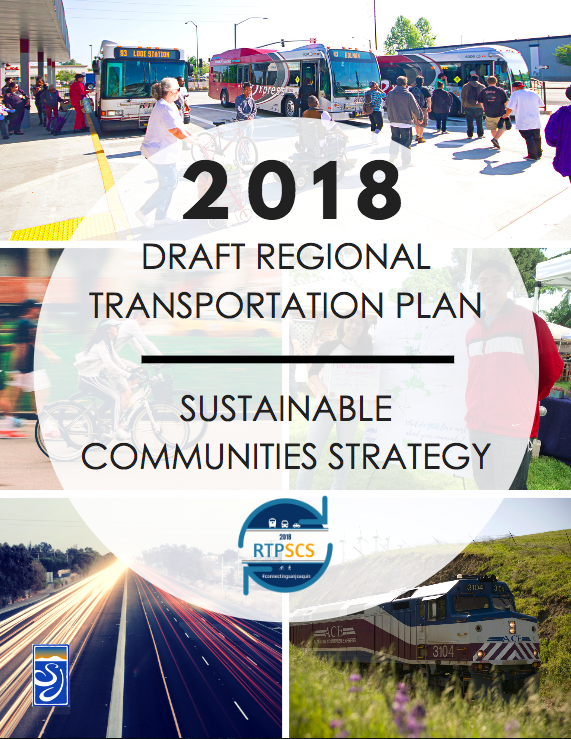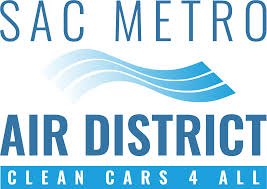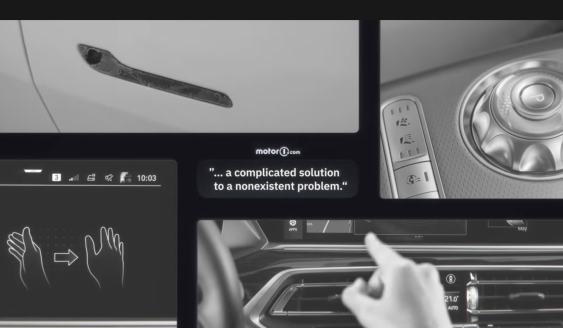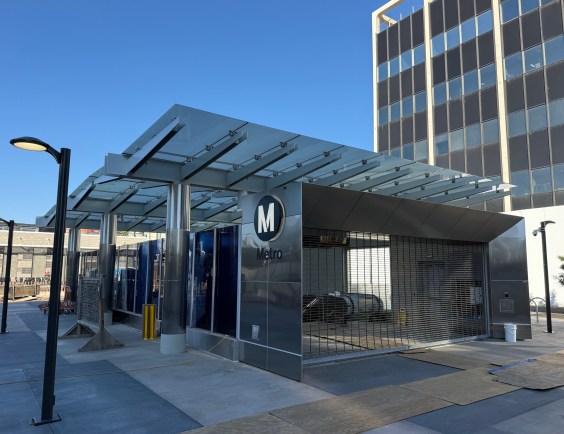The San Joaquin Valley Council of Governments (SJCOG) will soon adopt a new Regional Transportation Plan/ Sustainable Communities Strategy.
These regional “roadmaps” set out priorities for transportation and land use for the next twenty years, and can shape what a region will look like and how people will move through it. Among other things, the California Air Resources Board sets emission reduction targets and the regions come up with a plan to meet those targets, in part by planning future development to reduce the need for driving. Although the plans don't always have teeth—land use is controlled locally, not regionally—they set out key policies and priorities that can nudge funding towards projects that help shape growth in sustainable ways.
That means putting a stop to funding new freeways that encourage California's historical pattern of subdivisions sprawling into open land--which isn't exactly happening yet.
The San Joaquin region's previous RPT/SCS, adopted in 2014, had been “a tremendous improvement” over its previous plan, “shifting tens of millions of dollars away from highway spending to transit and bicycle/pedestrian facilities” and better reflecting community values, according to Christopher Escárcega of ClimatePlan, in a recent post. Also, he wrote:
The plan made strides in protecting the farmlands and wildlands of the county by focusing more growth into existing cities rather than expensive sprawl that requires taxpayers to fund the construction of utilities infrastructure and new services, like schools and firehouses, that serve relatively few residents due to lower densities.
Even though the Air Resources Board recently adopted stricter greenhouse gas emission reduction targets for the region—not as strict as advocates hoped for, but stricter than they had been—since the current RTP process was already underway, the earlier, looser target was used for this plan.
Although the public comment period for the RTP ended on April 30, ClimatePlan and its allies are still working with SJCOG to improve the plan before it is adopted, which staff expects to happen at the board's meeting on June 28. While it currently has a number of good qualities—better public outreach, for example, and the use of new public health metrics—it could still be much improved. ClimatePlan is calling for more ambitious emission and driving reduction targets and an emphasis on affordable infill housing with better protections for farmland.
The coalition's comment letter went into some detail about the need for increasing driving reduction targets, and called on SJCOG to better clarify its emissions modeling, ensure that health impacts are considered when planning transportation projects, and ensure that social equity factors are included in analyses. The letter also called for reallocating roadway capacity funding towards transit, active transportation, and community enhancements that benefit everyone, not just car drivers.
For more information and background, see ClimatePlan's resources page.






